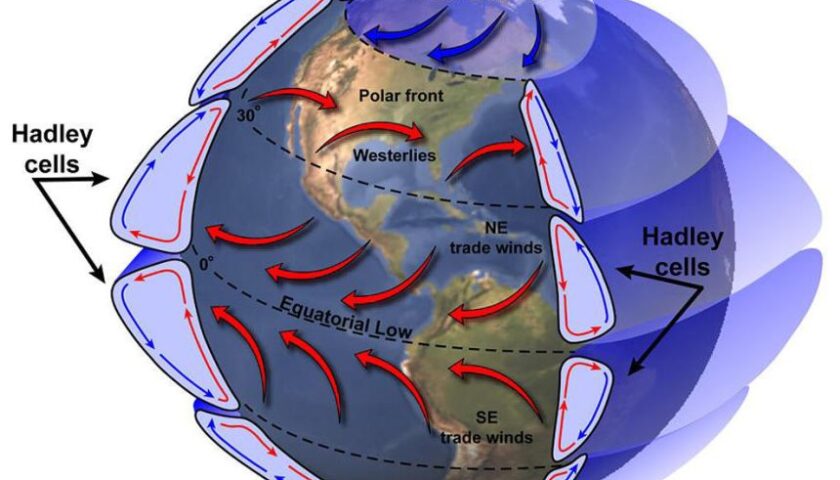The only way to discover the limits of possible is to go beyond them into impossible. It is going to be hard but hard is not impossible.
The history of aviation extends for more than two thousand years if you consider the earliest forms of aviation such as kites and attempts at tower jumping to supersonic and hypersonic flight by powered, heavier-than-air jets. The development of aviation in last century has been swift and fearless with airplanes that have represented the pinnacle of design: swift fighters, long-range bombers and transports, exciting sport biplanes, experimental airplanes that used the sky as a laboratory. Many set notable records, helped win wars, increased our mobility, trained thousands of pilots, or in any of a number of ways influenced aviation. Anyone remotely interested in the history of flight will instantly recognize the names: SPAD, Fokker Triplane, Vega, Comet Racer, Zero, Spitfire, MiG, Pitts, Starfighter, Blackbird, and Concorde, to name just a few.
In October 1947 Chuck Yeager took the rocket-powered Bell X-1 through the sound barrier. After that humans have not looked back and any new fighter aircraft is naturally assumed to be able to sustanin supersonic speeds. However to date only two supersonic transport aircraft Concorde and Tupolev-144 have seen regular service. The last passenger flight of the Tu-144 was in June 1978 and it was last flown in 1999 by NASA. Concorde’s last commercial flight was in October 2003, with a November 26, 2003 ferry flight being its last airborne operation. Following the permanent cessation of flying by Concorde, there are no remaining SSTs in commercial service.
Technologically, supersonic flight is not complex to achieve. The challenge entails in offering an affordable service which a passenger can afford, flight which is less polluting and environmentally clean, and more crucially without a sonic boom so as to enable overland supersonic flight. Despite the public interest and renaissance in entrepreneurship in aerospace do you think that passengers would be able to travel faster than Mach 1 – the speed of sound in near future.
Three US aerospace firms – Boom Supersonic, Aerion Supersonic and Spike Aerospace planned to build supersonic jets out of which Aerion Supersonic exited the race in May 2021 due to challenging capital requirements for development.
Future of Super Sonic Business/Transport Jets: Challenges
Before discussing the new era of supersonic business jets let’s go back to the 20th century where we have seen similar types of aircraft which were Russian built Tu-144 and Anglo-French Concorde. The technology already exists but the moot question is will these endeavours succeed and what are the impediments to the success.
Pros
Less Flight Time: These aircraft reduce the flight time by 50%. Let’s take the example of the transatlantic flight between London and New York, an 8-hour flight. But the supersonic jet can reduce the flight time to 4 hours.
Cons
Maintenance Cost: A supersonic aircraft with higher operational ceilings and speeds will require more maintenance and its spares will also be costlier as compared to subsonic transport aircraft. To give you an example, Concorde required 18 hrs of maintenance for each hour of flight.
Training: The flight crew (pilots and cabin crew), engineers and technicians would have to be specially trained for these aircraft and obviously the training scope would be enhanced with longer duration.
Propulsive Efficiency and Emissions: A supersonic aircraft will burn more fuel per passenger (1.5 to 1.8 times) as compared to subsonic transport aircraft. The supersonic aircraft would operate above 50,000 ft to achieve maximum efficiency. This will directly affect the Ozone layer as well as emission of CO2, NOX and water vapour in stratosphere will have deterimental effect on the atmosphere which would further exacerbate impact on climate change.
Noise Pollution: Noise pollution is already a big issue for many cities across the globe. On supersonic aircraft, cruise efficiency requirements mandate the use of low bypass engine which leads to higher jet exhaust velocities. This leads to higher noise levels at airport and surrounding areas which may limit the time of operation over airfields which are close to densely populated areas.
Regulations: As the Regulators are pushing it hard for sustainable aviation, it will be very difficult for the supersonic manufacturer to get the airworthiness certificate from FAA and EASA while meeting the noise and emission requirements as of a subsonic transport aircraft.
Civil aviation has become an essential mode of transportation sustaining global economic engines. Affordable, reliable, and safe air transportation is important to quality of life and economic growth. Post pandemic, where the recovery has been really slow, when most of the airlines are surviving on bail out package, supersonic business travel will just remain noise for time to come and that the technology will continue to remain limited to military aviation.
Fly safe. Be safe.



